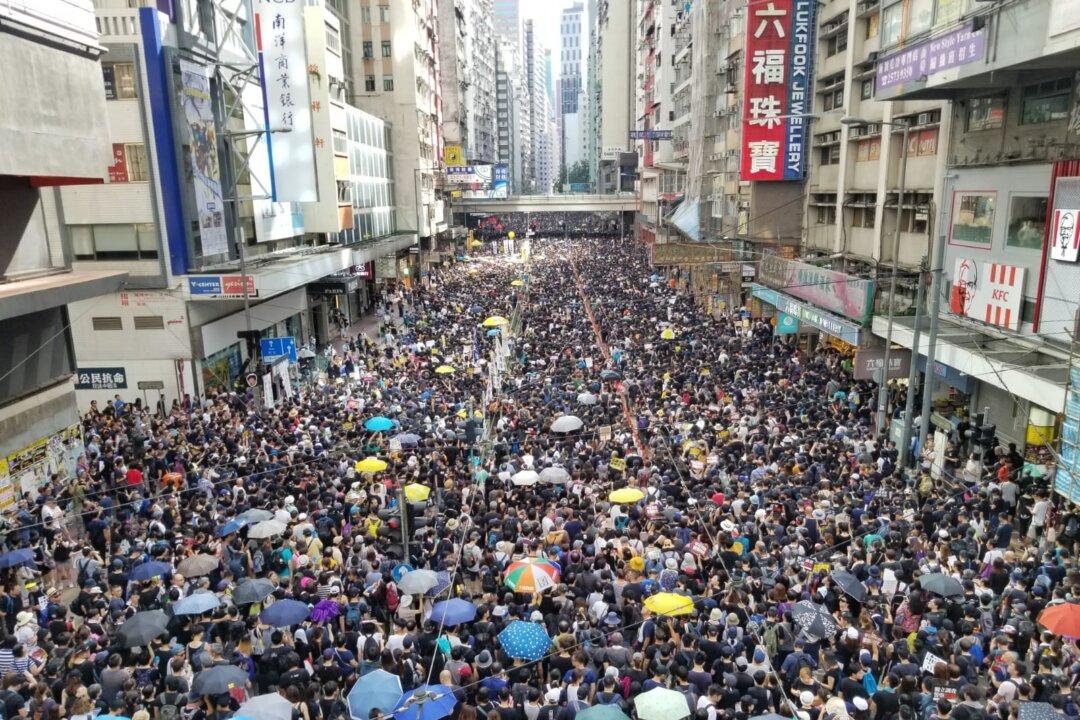On July 21, 430,000 Hongkongers flooded the streets to call for an independent investigation into police use of force against protesters in recent demonstrations against a controversial extradition bill. China’s state-run media did not report on the Sunday march, but instead covered a pro-police rally in Hong Kong held on Saturday. Chinese state-run media also published statements and editorials strongly admonishing Hong Kong protesters.
This weekend, Hongkongers continued to show up in large numbers to protest a controversial extradition bill, which would allow any country, including mainland China, to seek extradition of criminal suspects from Hong Kong.





